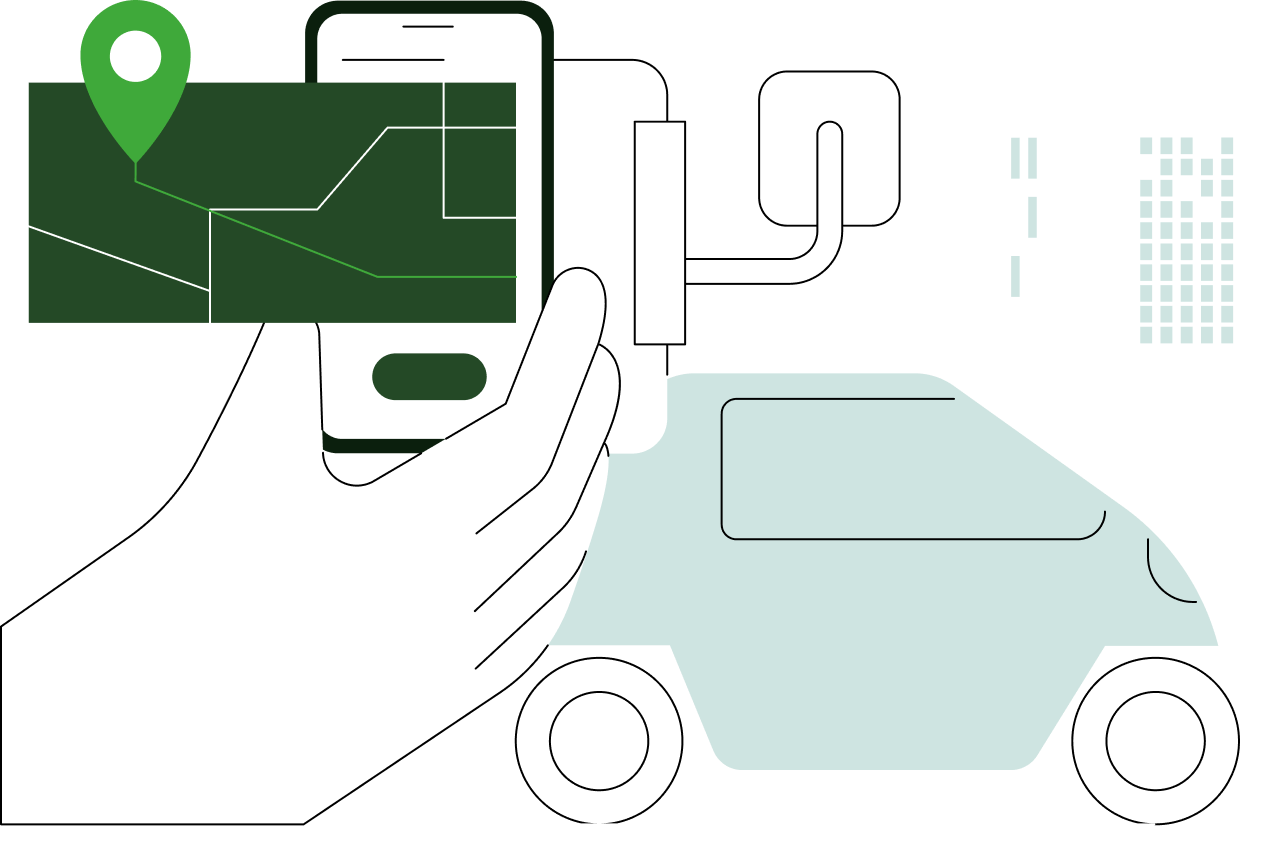Did you know that companies using a Modern Data Stack can process data 10x faster than traditional systems? While legacy data infrastructure often takes hours to generate insights, modern cloud-based solutions deliver results in minutes.
The Modern Data Stack revolution has transformed how businesses handle their data operations. From startups to enterprises, organizations are abandoning complex on-premise systems for flexible, scalable cloud solutions that integrate seamlessly. In this comprehensive guide, I'll show you exactly how the Modern Data Stack works and why it's becoming the go-to choice for data-driven companies.
Key Takeaway
Overview of the Modern Data Stack
The Modern Data Stack represents a flexible set of cloud-based technologies that help companies store, manage, and analyze their data effectively. Unlike older systems that relied on complex on-premise solutions, MDS offers a modular approach where components can be easily swapped based on business needs.
At its core, MDS shifts from traditional ETL (Extract-Transform-Load) to ELT (Extract-Load-Transform) processes, making data operations significantly faster. Tasks that previously took hours now complete in minutes, while cloud storage reduces costs through usage-based pricing.
Key components include:
This architecture allows companies to set up data infrastructure quickly and cost-effectively. Teams can start loading data into warehouses within minutes, and analysts can work independently without relying on engineering support for data transformations.
Data Ingestion in the Modern Data Stack
Data ingestion forms a critical part of modern data operations, helping businesses combine information from multiple sources into their cloud warehouses. The shift from ETL to ELT marks a significant change in how companies process data - instead of transforming data before loading, organizations now load raw data directly and transform it later.
Leading tools like Fivetran, Airbyte, and Stitch connect to hundreds of data sources through pre-built connectors. These solutions handle complex tasks like:
For example, Fivetran pulls data from sources like Salesforce, HubSpot, and custom databases into warehouses like Snowflake or BigQuery. The process runs automatically on schedules or in real-time, reducing manual work for data teams.
Open-source alternatives like Airbyte give companies more control over their data pipelines while maintaining similar functionality to paid solutions. This option appeals to organizations with specific security requirements or custom integration needs.
Data Storage in the Modern Data Stack
The cloud data warehouse stands as the central component for data storage and processing. Companies now choose between three main options: Snowflake, Google BigQuery, and Amazon Redshift. Each platform offers distinct advantages:
Snowflake provides:
BigQuery features:
Redshift delivers:
Modern warehouses separate storage from compute, letting teams scale each independently. This means organizations pay only for the resources they use. Data teams can run complex queries without worrying about infrastructure management, while business users access insights through self-service analytics tools.
The trend points toward combining warehouse and lake features into "lakehouses," giving companies both structured and unstructured data capabilities in one platform.
Data Transformation
Data transformation in the Modern Data Stack moves beyond raw data into formats ready for analysis. The shift to ELT methods lets teams load data first and apply changes within the warehouse, making operations faster and more flexible.
dbt (data build tool) has become a standard for SQL-based transformations. It brings software engineering practices to data work through:
Other tools like Airflow and Dagster handle workflow orchestration. These platforms schedule and monitor transformation jobs, helping teams catch issues before they affect downstream analysis.
Companies now use declarative frameworks and standards that tell systems what to do rather than how to do it. This makes code easier to maintain and reduces technical debt. For instance, a marketing team can set rules for combining customer data from multiple sources, and the system handles the execution details automatically.
Modern transformation patterns focus on reusable components. Teams build standard data models that work across projects, saving time and maintaining consistency in reporting.
Analytics and Business Intelligence (BI)
The analytics layer of the Modern Data Stack makes data useful for business decisions through visualization and reporting. Modern BI tools connect directly to cloud warehouses, letting teams analyze data where it lives rather than copying it to separate systems.
Popular platforms include:
These tools offer:
Many organizations now mix tools based on user needs. For example, data scientists might use Mode for complex analysis while business teams use Metabase for daily metrics. This flexibility matches the modular nature of modern data infrastructure.
Machine learning features are becoming standard in BI tools. Users can spot trends, detect anomalies, and make predictions without writing code. This puts advanced analytics capabilities in the hands of business teams while maintaining data governance.
Data Governance and Security
Managing data access and protection sits at the heart of Modern Data Stack operations. Companies must balance wider data access with strict controls over sensitive information. This includes setting up role-based permissions, audit trails, and compliance monitoring.
Tools like Snowflake offer built-in features for:
Organizations now implement data catalogs to track:
Modern platforms support automated policy enforcement. For example, teams can set rules that automatically restrict access to personally identifiable information (PII) or financial data. This helps maintain compliance with regulations like GDPR and CCPA while still allowing teams to work efficiently in post-modern environments.
Data quality checks run continuously through tools like Great Expectations and dbt tests. These solutions catch issues early by validating:
Companies also track data usage through centralized monitoring. This helps identify potential security risks and optimize resource allocation based on actual usage patterns.
Integration and Interoperability
The Modern Data Stack faces real challenges in connecting multiple specialized tools effectively. Companies often need to manage dozens of connections between data sources, warehouses, and analytics platforms. Each connection requires specific API configurations and maintenance.
Tools like Workato and Tray.io help solve these connection issues by:
Data orchestration platforms like Dagster and Prefect coordinate workflows across different MDS components. These tools:
API management solutions standardize how components talk to each other. Teams set up central hubs that control:
Organizations now build internal developer platforms that package common integration patterns. This reduces setup time for new projects and helps maintain consistent practices across teams.
Scalability and Performance
The Modern Data Stack handles growing data volumes through cloud-native scaling capabilities. Teams adjust computing power and storage independently, paying only for needed resources. This separation lets companies run large queries without affecting operational systems.
Key scaling methods include:
Performance optimization focuses on:
Tools like Snowflake and BigQuery manage these tasks automatically. For example, when multiple teams run reports simultaneously, the platforms add computing resources to maintain response times. They scale down during quiet periods to control costs.
Data teams now set performance metrics through SLOs. These targets help track system health and guide capacity planning. Monitoring tools alert teams when performance drops below thresholds, allowing quick responses to bottlenecks.
Cost Considerations
Running a Modern Data Stack requires careful attention to expenses across multiple components. Cloud data warehouses like Snowflake and BigQuery use different pricing models - Snowflake charges for compute credits while BigQuery bills per query. This affects how companies optimize their spending.
Key cost factors include:
Smart cost management strategies:
Companies often start with pay-as-you-go plans but switch to reserved capacity as usage patterns become clear. For example, a business might buy data platform costs in advance for predictable workloads while keeping flexible capacity for seasonal spikes.
Cost tracking tools help monitor spending across the stack. Teams set budgets per project and receive alerts when approaching limits. This visibility helps prevent unexpected charges while maintaining system performance.
Future Trends and Innovations
AI integration marks a significant shift in Modern Data Stack capabilities. Companies now build machine learning models directly in their data warehouses, removing the need for separate ML infrastructure. Snowflake's Snowpark and BigQuery ML let data teams run AI workloads where their data lives.
Real-time analytics continues gaining momentum through:
The next wave of MDS focuses on unified platforms that combine:
Streaming-first architectures are replacing batch processing. Tools like Materialize and Confluent bring change data capture (CDC) and stream processing to the forefront. This allows companies to react to events as they happen rather than waiting for scheduled updates.
Data mesh concepts shape how large organizations structure their data platforms. Teams create data products with clear ownership and quality standards. This distributed approach helps scale data operations while maintaining local control.
Conclusion
The Modern Data Stack isn't just another tech trend – it's fundamentally changing how businesses operate. With AI integration, real-time analytics, and streaming architectures becoming standard features, companies that adopt these technologies now will have a significant competitive advantage in the years ahead.
Ready to modernize your data infrastructure? The shift to a Modern Data Stack might seem daunting, but the benefits are clear: faster insights, lower costs, and better scalability. Whether you're just starting your data journey or looking to upgrade existing systems, the time to embrace modern data architecture is now.
.png)


.png)
.png)
.png)









